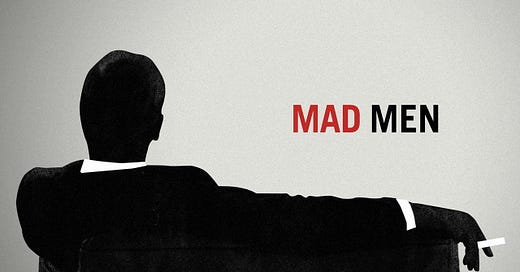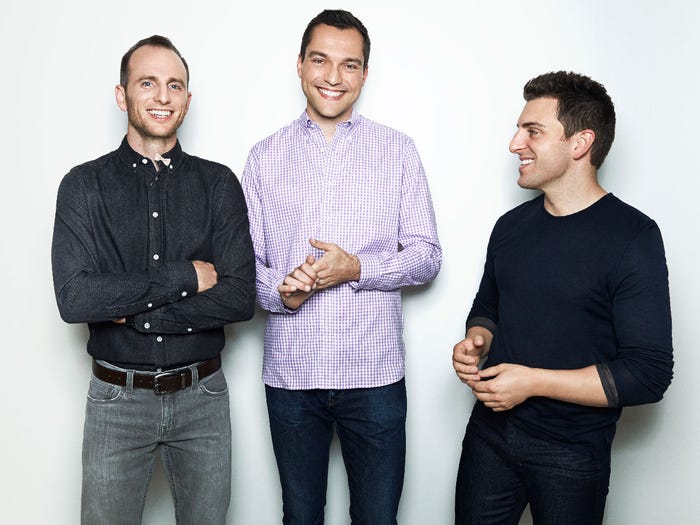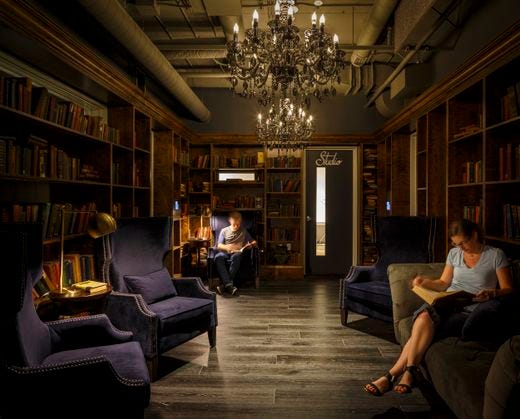Embedded Designers Are Not Enough
A brief history of working with creatives, and why teams struggle to build great products.
How companies work with designers has seen a seismic shift over the past few years. The shift from the agency-client way of doing things to the current embedded design approach has been fast and steady. Each phase brought forth its own benefits and challenges, and the evolution reveals a lot about where we are today and what’s still missing.
Let’s take a step back and look at how we got here.
1950s to 1990s | The Agency-Client Era: Creativity Within a Framework
In the late 90s, new digital and interactive agencies, like Razorfish, IDEO and R/GA, were the go-to solution for design. Companies hired them to craft their brand, products, or campaigns, and agencies delivered creativity within a structured, well-defined studio-based process. Designers thrived under the leadership of creative directors, who balanced strategic oversight with tactical execution.
"Companies fail because they focus on doing what they do best—and neglect the disruption that changes the game." - Clayton Christensen
Agencies provided something rare—a “safe space” for creativity to flourish. Designers had room to experiment, while the constraints of client briefs gave their work direction.
For clients and product leads, it forced a great deal of preparation, providing a clear vision (that was the hope at least) to pursue, while identifying key goals and problems to solve.
But there were downsides. Agencies were expensive, inflexible, struggled to keep up with the pace of modern product development, and often delivered work that didn’t survive first customer contact. As the world grew more complex, companies started looking for alternatives.
Mid-1990s to Early 2000s | The Freelancer Phase: Quick Fixes, Long-Term Gaps
Freelancers were the next step. Freelancers, like Tony Fadell at Apple, were renegade innovators for hire, creative smoke jumpers, willing to step into any project and add their creative muscle. There wasn’t a project that couldn’t be helped by better design, better customer insights and user experience.
They were cheaper, faster, and more flexible than agencies. Companies loved their agility and fresh perspectives. But over time, in the age of agile, it became clear that freelancers weren’t a sustainable solution for product design.
Designing products is not a “set it and forget it” task. It requires ongoing commitment—long-term thinking that freelancers, by nature, couldn’t provide.
Mid-2000s to Present | Design Founders: Unicorns in Action
Then came the era of design-led startups. Think Airbnb, Pinterest, Twitter, Nest, and Uber. These companies were founded by designers who didn’t just value design—they lived it. They brought the creative ambition of a founder and the sensibilities of a designer, setting a new standard for how design could integrate with business.
The problem? These people are unicorns. Rare and hard to scale. Most companies couldn’t replicate this model, and the search for a scalable approach continued.
Early 2010 to Present | In-House Design Organizations: Agencies Within Companies
To bring design closer to the business, companies started building in-house design teams. These teams operated like mini-agencies embedded within the company. On paper, this solved the speed and cost issues of external agencies while keeping design aligned with business goals.
But there was a catch. Working within a corporate structure often diluted creativity. Designers were bogged down by meetings, bureaucracy, and endless distractions—the ultimate creativity killers.
Late 2010s to Present | Embedded Designers: Collaboration Without a Map
The next evolution was embedding designers directly into product teams. These designers worked side by side with engineers and product managers, co-creating the product experience.
This was a game-changer. Designers finally had a seat at the table (where most of the work gets done), deeply involved in the product development process, and their work was more impactful. But embedding designers brought its own challenges—ones that no one really saw coming. It revealed an essential truth about creativity, that it’s a team sport, and no one individual, regardless of how creative, could make the changes needed for the product to thrive.
The Broken PM-Designer Relationship
Here’s the thing: most product managers aren’t trained to work with designers. PMs typically come from technical or business backgrounds. Even if they have great design sensibilities, they don’t always understand how to communicate with designers, guide their work, give feedback, or manage their unique quirks.
Designers thrive in environments where they have the freedom to explore, iterate, and even fail. This was a hallmark of agencies and creative studios, which excelled at fostering such spaces. These organizations also supported an apprenticeship model, enabling designers to learn from experienced mentors, refine their craft, and consistently deliver value.
PMs, on the other hand, prioritize managing a whirlwind of decisions and responsibilities—deadlines, deliverables, scope, and staffing—over mentorship. Without a shared language or mutual understanding with designers, this dynamic can lead to tension or even stifle creativity. The linear, problem-solving mindset typical of product and engineering teams often clashes with the lateral thinking and creative exploration designers need to thrive in their work.
What’s Next: Enter Product-Design Hybrids
So where does that leave us? The solution isn’t just to embed designers; it’s to equip PMs to work with them more effectively to yield more creative outcomes.
The future belongs to product-design hybrids—PMs who can bridge the gap between design and engineering, fostering a unified vision for the product.
These hybrids don’t need to be designers themselves, but they need to understand the design process, speak the language, and create an environment where creativity can be channeled in a positive way.
At the end of the day, great products come from great collaboration. And great collaboration happens when everyone on the team—designers, engineers, and PMs—can contribute effectively and in their own way. This requires a new approach, wherein the traditional PM is transformed into a product-design hybrid, leading with both sides of their brain to create the right environment to succeed.
Takeaways
The real lesson from this evolution is clear: the agency-client model succeeded for decades because it let creatives focus on creativity while allowing business leaders to prioritize their business goals. Today, product-design hybrids have the unique opportunity to combine the strengths of both worlds—channeling creativity in a way that’s not only more effective but also more fun and playful. This playful energy is the spark that fuels generative creativity.








